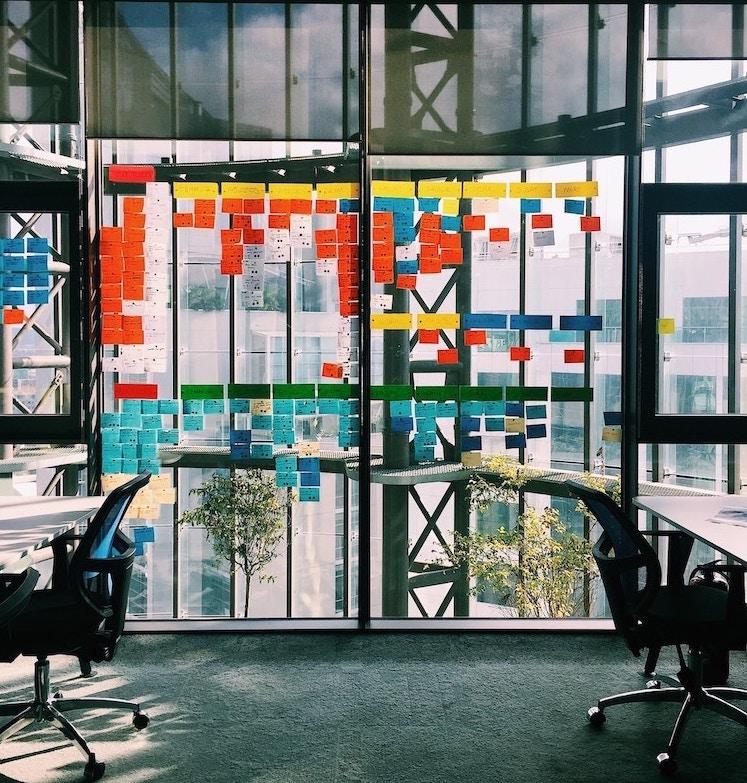Agile project management
What’s my job again? Three steps to promote value within an Agile team





Disclaimer: The statements and opinions expressed in this article are those of the author(s) and do not necessarily reflect the positions of Thoughtworks.
